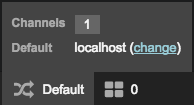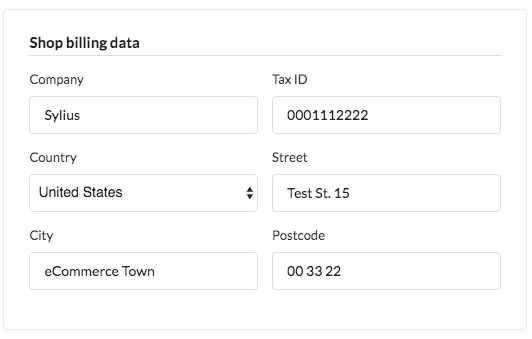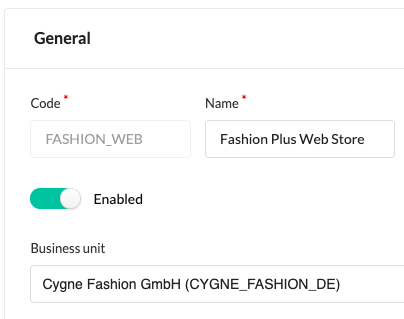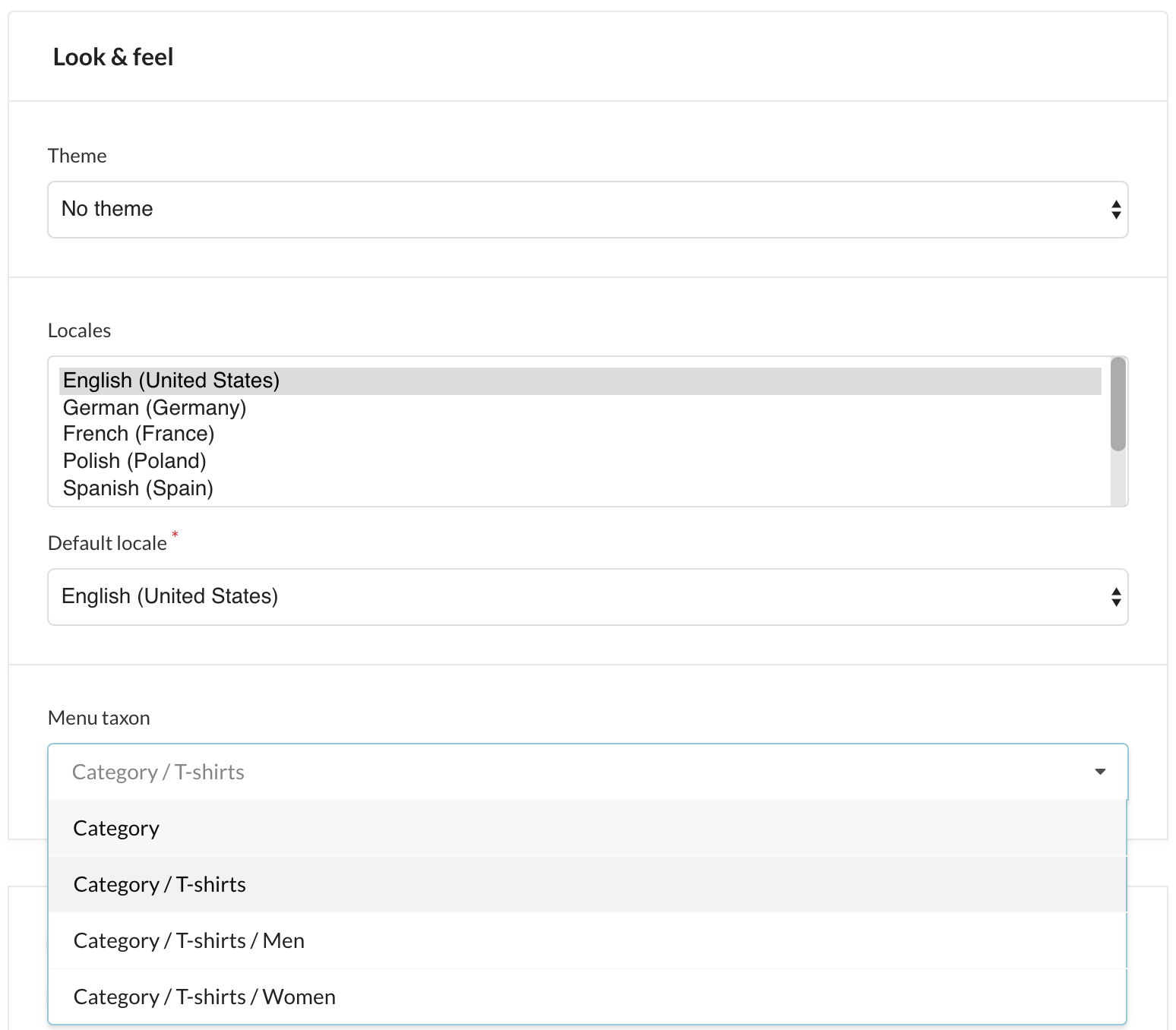Channels¶
In the modern world of e-commerce your website is no longer the only point of sale for your goods.
Channel model represents a single sales channel, which can be one of the following things:
- Webstore
- Mobile application
- Cashier in your physical store
Or pretty much any other channel type you can imagine.
What may differ between channels? Particularly anything from your shop configuration:
- products,
- currencies,
- locales (language),
- countries,
- themes,
- hostnames,
- taxes,
- payment and shipping methods,
- menu.
A Channel has a code, a name and a color.
In order to make the system more convenient for the administrator - there is just one, shared admin panel. Also users are shared among the channels.
Tip
In the dev environment you can easily check what channel you are currently on in the Symfony debug toolbar.

Shop Billing Data¶
For Invoicing and Credit Memo purposes Channels are supplied with a section named Shop Billing Data, which is editable on the Channel create/update form.

Business Units¶
Sylius Plus is supplied with an enhanced version of Shop Billing Data from open source edition. It is also used for Invoicing and Refunds purposes, but it is a separate entity, that you can create outside of the Channel and then just pick a previously created Business Unit on the Channel form.






